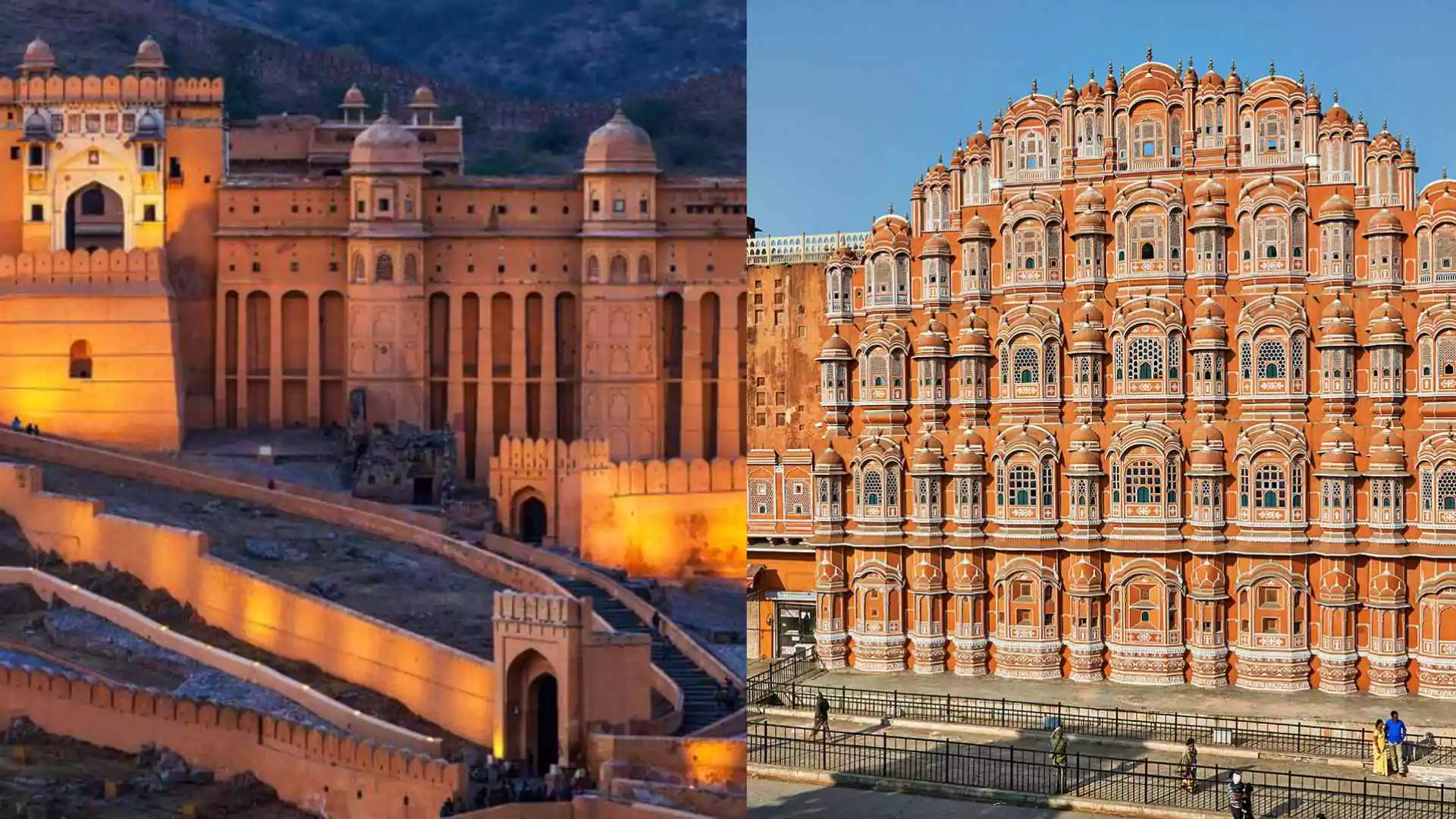After a year in enclosures, the African cheetahs brought to India for the world’s first intercontinental translocation are set to be released back into the wild at Kuno National Park.
The cheetahs were placed in enclosures on August 13, 2023, following the deaths of three adult cheetahs from septicaemia, which developed from wounds infested with maggots in July. This incident was a significant setback for the translocation project, which began in September 2022.
Dr. Rajesh Gopal, head of the Cheetah Steering Committee, informed The Indian Express that the release will be carried out in phases. “I was at the meeting with the National Tiger Conservation Authority (NTCA) officials where we decided to release the cheetahs into the wild. This will be done in phases as the monsoon season ends,” he said.
Current Status at Kuno National Park
In Madhya Pradesh, the monsoon usually retreats by early October. Currently, Kuno hosts 25 cheetahs, including 13 adults and 12 cubs born at the park. The translocation project involved bringing 20 cheetahs to India in two batches: eight from Namibia in September 2022 and 12 from South Africa last February. Seven cheetahs had died by January. The surviving adults gave birth to 17 cubs, 12 of which are still alive.
Health and Preparation for Release
Officials report that all the cheetahs are in good health, able to hunt chitals (spotted deer) within their enclosures, and are deemed “fit for release.” Kuno officials will also send a compilation of best practices learned over the year to the NTCA for post-release strategies.
Dr. Gopal detailed the phased release process: coalitions of cheetahs will be released first, followed by individual cheetahs, and lastly, mothers with their cubs. The oldest cubs, around 8 months old, have started climbing trees and accompanying their mothers on hunts. “The cubs and their mothers will be released in the last week of December when the cubs are expected to be capable of hunting independently,” Dr. Gopal said.
READ MORE: Polygraph Test For Main Accused Sanjoy Roy In Kolkata Rape And Murder Case Scheduled For Tomorrow
Exceptions might include two elderly cheetahs and an orphaned cub, which may not be released until they are “rewilded.” Following the release of male coalitions, their behavior will be monitored before releasing the remaining cheetahs. Dr. Gopal anticipates some unpredictable circumstances and intends to study their behavior to ensure proper localization and release of the other cheetahs.
Challenges for Cubs
Challenges for the cubs include growth spurts, requiring special collars, and difficulties in darting and reuniting them with their mothers. Strategies are being developed to address these issues.
Prey Base and Predators
Predators like leopards and prey base concerns are noted, but a senior Kuno official is confident in the cheetahs’ survival. “Even during their time in the enclosures, they managed to hunt chitals and survive leopards. We believe they will adapt to the wild environment. The prey base for chitals is currently estimated at 18 per sq km, and they have also found additional prey like the chinkara (Indian Gazelle),” the official said.
Preventive Health Measures
Veterinarians have administered prophylactic vaccinations to prevent septicemia and are preparing for further preventive measures against other potential diseases.
Dr. Gopal also noted that future generations of cheetahs born in India might better adapt to local conditions. “The cheetahs from Africa had a different circadian rhythm. We hope that in two years, their coat patterns will be synchronized with the Indian climate,” he said.
Monitoring and Tracking
Inside the enclosures, the cheetahs are monitored by a team of around 15, including forest watchers, guards, and researchers. The tracking information is relayed to the Control Room at Palpur, the central hub for monitoring the cheetahs.
Senior officers at Kuno National Park are awaiting orders from the steering committee. A senior KNP official stated, “We expect our teams to handle the tracking and monitoring after the release. It is a labor-intensive task, but our team is well-trained and experienced from previous efforts.”
(Includes inputs from online sources)
ALSO READ: Porn Video Airs On Connaught Place Ad Screen; NDMC Investigates Hack






















